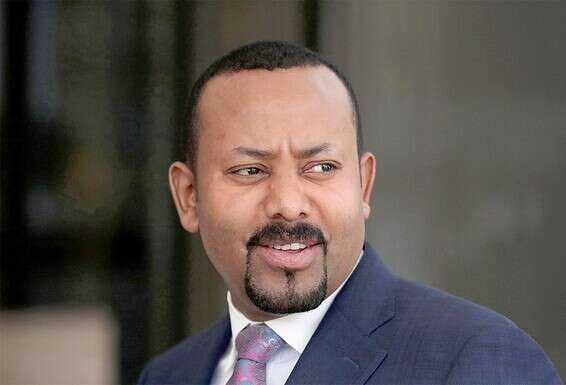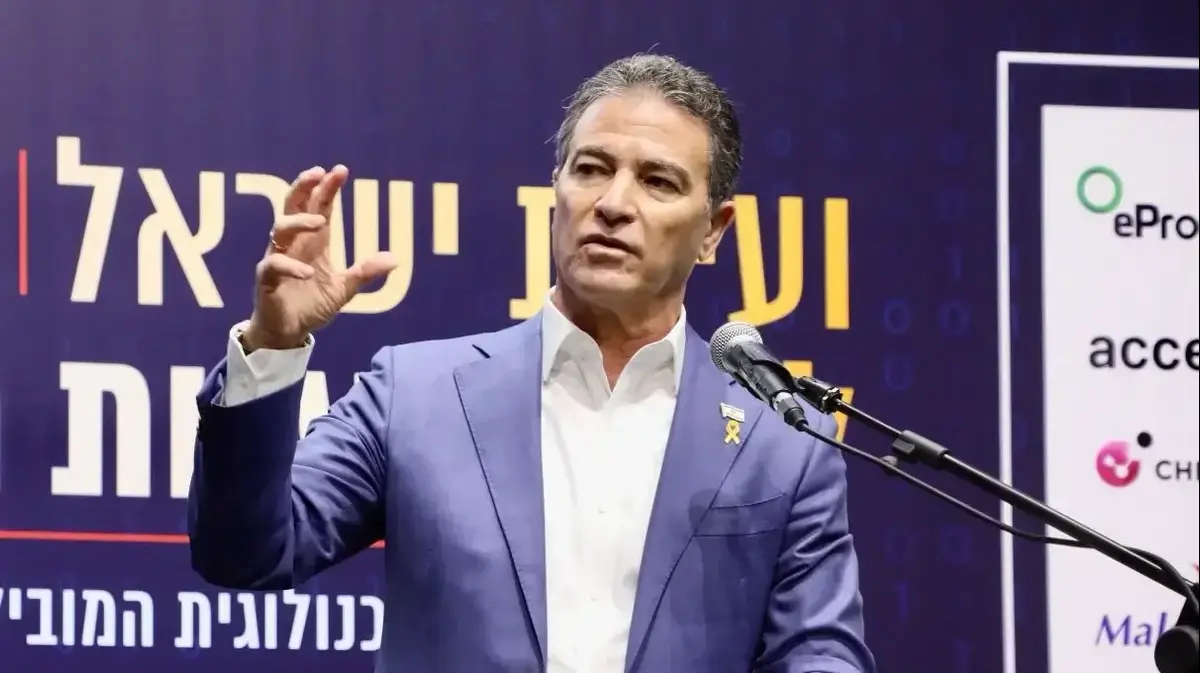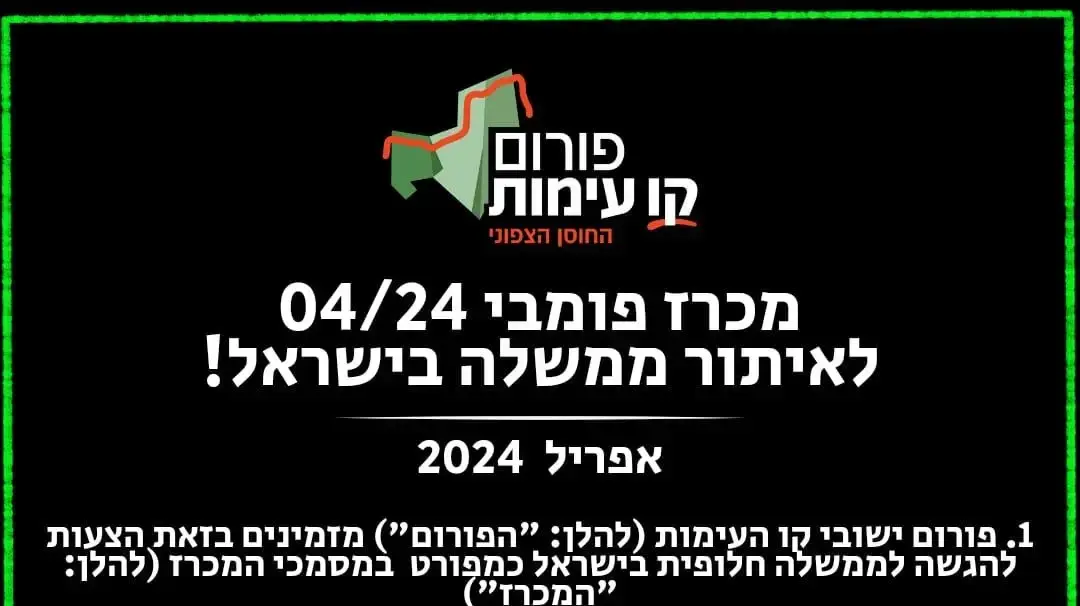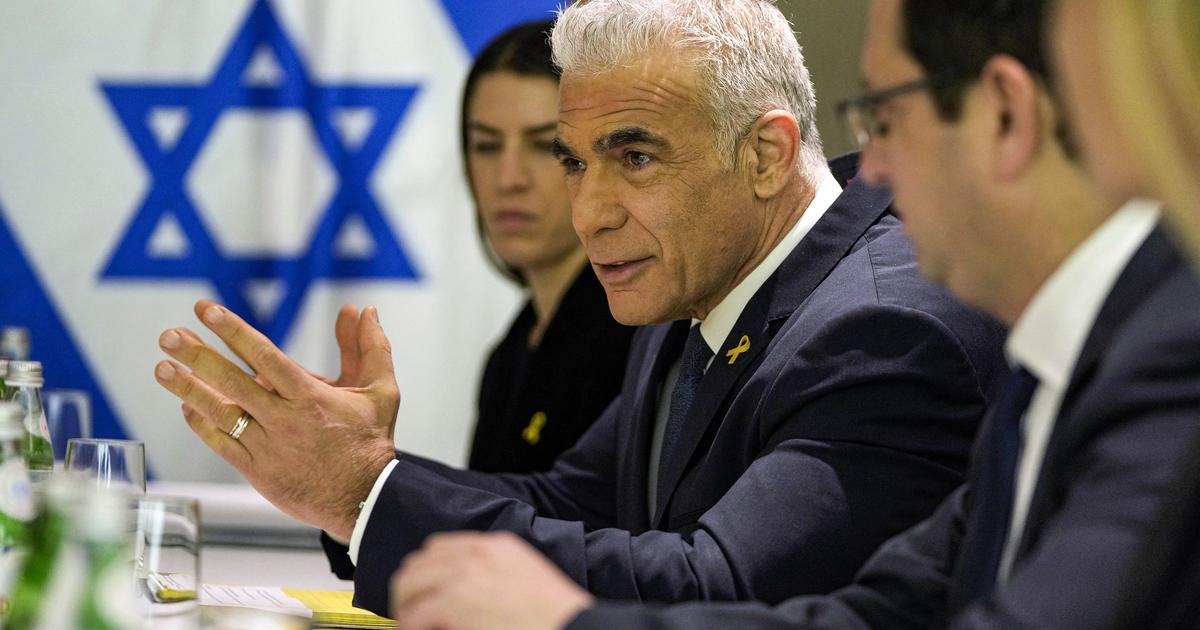Fighting for the liberation of the state of Tigray, between the army and members of the Popular Front, threatens the integrity of the Ethiopian Federation • With at least hundreds killed, tens of thousands of refugees fleeing the site and disturbing reports of massacres
Bnei Amhara militia fighters
Photography:
Photo: Reuters
The town of Homa is located near the border triangle between Ethiopia, Eritrea and Sudan, north of Tigray, one of the states that make up the Ethiopian Federation.
Until a little over two weeks ago, Hardware was a sleepy, remote border town.
For the residents of the town, everything changed in a matter of moments.
"At first we heard gunshots from a distance. Then the phone lines were cut off. They were followed by electricity," said Dagamsi Gegersi, a resident of the town.
"After seeing uniformed militiamen shoot civilians, I fled the city and crossed the border. I do not know what happened to my family, they were left behind and I care very much for them," a refugee in a Sudanese refugee camp told the Guardian.
Gegrassi is one of more than 27,000 refugees who have crossed the border between Ethiopia and Sudan since the fighting broke out between the Ethiopian army and the Popular Front, a political party with a huge militia of nearly 250,000 fighters.
The fighting, accompanied by atrocities on ethnic grounds, is the result of an extensive military operation declared by Ethiopian Prime Minister Avi Ahmad, which he claims is intended to restore law and order to the northern province of Ethiopia;
And according to his opponents was intended to subject the autonomous province to the will of Addis Ababa in an unconstitutional and violent manner.
Looking at it from the side, the reason for the sudden outburst of violence in Tigray and the speed with which the violence also spilled over to neighboring Eritrea, whose capital Asmara was hit by ballistic missiles fired by the Tigras, seems obscure and confusing.
Ethiopia is made up of many ethnic groups, but the three most significant of which are the Urmo, whose members number 25 million people and live mainly in the center and south of the country;
Amhara, which numbers 19.9 million people;
And the Tigray, a group of negligible size relative to the other two, numbering about 5 million people and concentrated mainly in the Tigray district in the north of the country.
But Ethiopia's complex history has placed the challenges at the center of the political stage in recent decades.
In 1991, members of the Popular Front for the Liberation of Tigray overthrew the Marxist and dictatorial regime of the ruler Mengistu Haile Mariam, leading a coalition of resistance groups from all over Ethiopia.
Despite being a relatively small group, the number of militant fighters in the coalition that liberated Ethiopia from Mengistu's rule was ten times greater than that of all other groups.
Due to the military power of the Popular Front for the liberation of Tigray, after the liberation of Addis Ababa it was the members of the organization who gained key positions in the newly established regime.
The new federal structure of the state allowed for extensive autonomy for the Tigray district, including the preservation of the military power of the Popular Front for the liberation of Tigray - as part of "special units" placed in the service of the county government.
Experts estimate that this force numbers close to a quarter of a million soldiers and possesses heavy weapons that include anti-aircraft missiles and tanks.
From crisis to civil war
The new regime that came to power took over hungry Hungary, plagued by civil war and ethnic divisions.
The communist rule of Mengistu and his allies left behind a backward economy.
Despite enormous challenges, Ethiopian leaders in the years following the Civil War managed to march the country's economy forward and control, with varying degrees of success, ethnic tensions within the country.
Law and Order. Avi Ahmad // Photo: Reuters
In 2018, Avi Ahmad came to power in the country.
Ahmad sought to strengthen the pan-Ethiopian identity at the expense of ethnic division in the country.
He founded a new umbrella party called the Prosperity Party.
The Popular Front for the Liberation of Tigray saw the establishment of the new party as an attempt to reduce their power in the governing apparatus, and refused to join the new party, arguing that it was an unconstitutional move.
The transition of the Popular Front to Tigray Liberation for the opposition has exacerbated relations between Ahmed's majority rule and the province's leadership, a tension that has intensified over the past two years.
About two weeks ago, after an attack by members of the Popular Front for the Liberation of Tigray on the Ethiopian army headquarters in the province, Ahmed, who won the Nobel Prize for the peace agreement he signed with Eritrea, decided it was time for military action against the organization.
Large columns of armored vehicles and vehicles of the Ethiopian army entered the Tigray district, and fierce fighting broke out in various hotspots.
Ethiopian Air Force fighter jets bombed the capital of Tigray province, Makla.
The Tigras claim that alongside the Ethiopian army are also Eritrean soldiers.
Addis Ababa denies the allegations.
Alongside the fighting between the official forces, there are disturbing reports of massacres.
Sources affiliated with the Tigra Popular Front claim that militias of Amharic fighters have carried out a series of massacres in the northern part of the province.
On the other hand, refugees who arrived in Sudan said that the Popular Front members massacred 500 Amharic workers employed in Tigray province.
The organization has denied responsibility for the actions.
While reports of ethnic atrocities continue to flow, both sides are fortifying their positions.
On Tuesday, Prime Minister Ahmad announced that the army would launch the "final phase" of the military operation, which included the occupation of major cities in Tigray province.
The leader of the Popular Front for the Liberation of Tigray, Debrecion Gabramichael, promised that his men would fight to the end and that Tigray would be a "tomb for the invaders."
"Ideological clash"
Anyone who is well acquainted with Ethiopia knows how to explain that the conflict is not just an ethnic conflict.
"There is actually a clash of two governmental ideologies here," explains Pasil Lagsa, director and editor-in-chief of Channel 140, an Israeli-Ethiopian channel.
"On the one hand, Avi Ahmad who believes that Ethiopia's good is in the union. This is an insight he draws from the history of Ethiopia, which prospered under a strong central government and weakened when it split under the rule of local military ministers and governors. It has great support among most of the population.
"On the other hand, the Tigras, who are a small minority in the country, prefer a relatively weak central government, and hold most of the power at the district level," he explains.
Lagasa notes the attack on the Ethiopian army's command headquarters and says: "Ahmed decided to put things in order. He gave a 72-hour ultimatum to the rebels to lay down their arms and sent his deputy to Uganda and Kenya, to make sure neighboring countries did not intervene until the mission was completed."
Lagsa adds: "Ethiopia is a regional power in many ways, it is an important ally of the United States and Israel, and Avi Ahmad wants to maintain that momentum."
Indeed, there is quite a bit in Lagsa's remarks.
Ethiopia has shown tremendous economic growth in the last decade that has included the construction of a large modern airport in Addis Ababa, the construction of a light rail system in the city, the construction of hundreds of roads and the construction of a huge hydroelectric dam on the Nile.
But now the war threatens to undermine the stability that has made Ethiopia a regional power, and even lead to the disintegration of the Ethiopian Federation. And while refugees continue to flee the intensifying fighting, the world is left with only concern.













